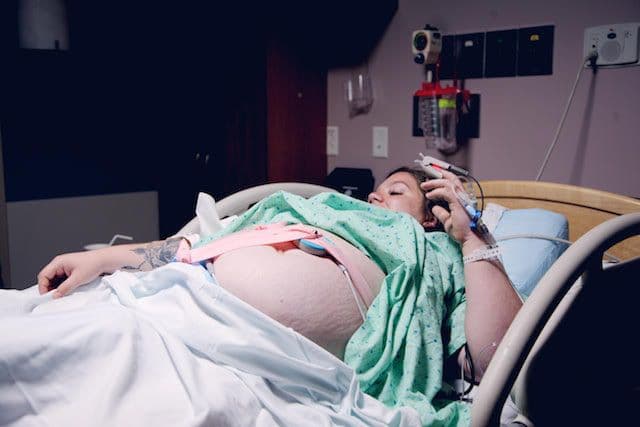Unproductive Labor
Childbirth Class
Obie Editorial Team

When labor starts, mom begins the mental preparation which is needed to move from pregnancy to motherhood. However, after hours of unproductive labor, that preparation falls to the wayside and all she can think about is giving birth right now! Unproductive labor occurs when mom successfully makes it through the first stage of labor only to have the cervix become unresponsive to contractions and hormonal changes. If the cervix does not dilate and efface, the baby cannot pass through the cervix and into the birthing canal.
How is unproductive labor treated?
Unproductive labor is often treated exactly like labor induction. Creams may be applied to the cervix to ripen the area. Ripening increases the speed of dilation (opening) and effacement (thinning).
If creams are not effective, hormones can be pushed through an IV to stimulate the natural labor changes in the body. Common medications include oxytocin and pitocin. Walking may also help progress labor as the baby’s weight pushes on the cervix forcing faster dilation and effacement.
Home induction methods can also help to progress labor. Sex and nipple stimulation are both believed to speed up labor. Nipple stimulation releases oxytocin into the bloodstream which is a labor-related hormone. Sex may help since semen contains progestin, a hormone that can help progress the cervix. In addition, when a woman orgasms, the cervix dips up and down in the vaginal opening. This movement could be enough to move labor along.
Cesarean section as a last resort option
If no treatments change the progression of labor and mom continues to be stuck in an unproductive state of birth, a Cesarean section may be ordered. C-sections involve the surgical removal of the baby through an opening in the abdomen. All risks associated with surgery are considered when giving birth via C-section. Doctors typically reserve C-section birth as the final resort if the baby appears to be distressed or mom is too exhausted to continue fighting contractions that do not progress labor.











